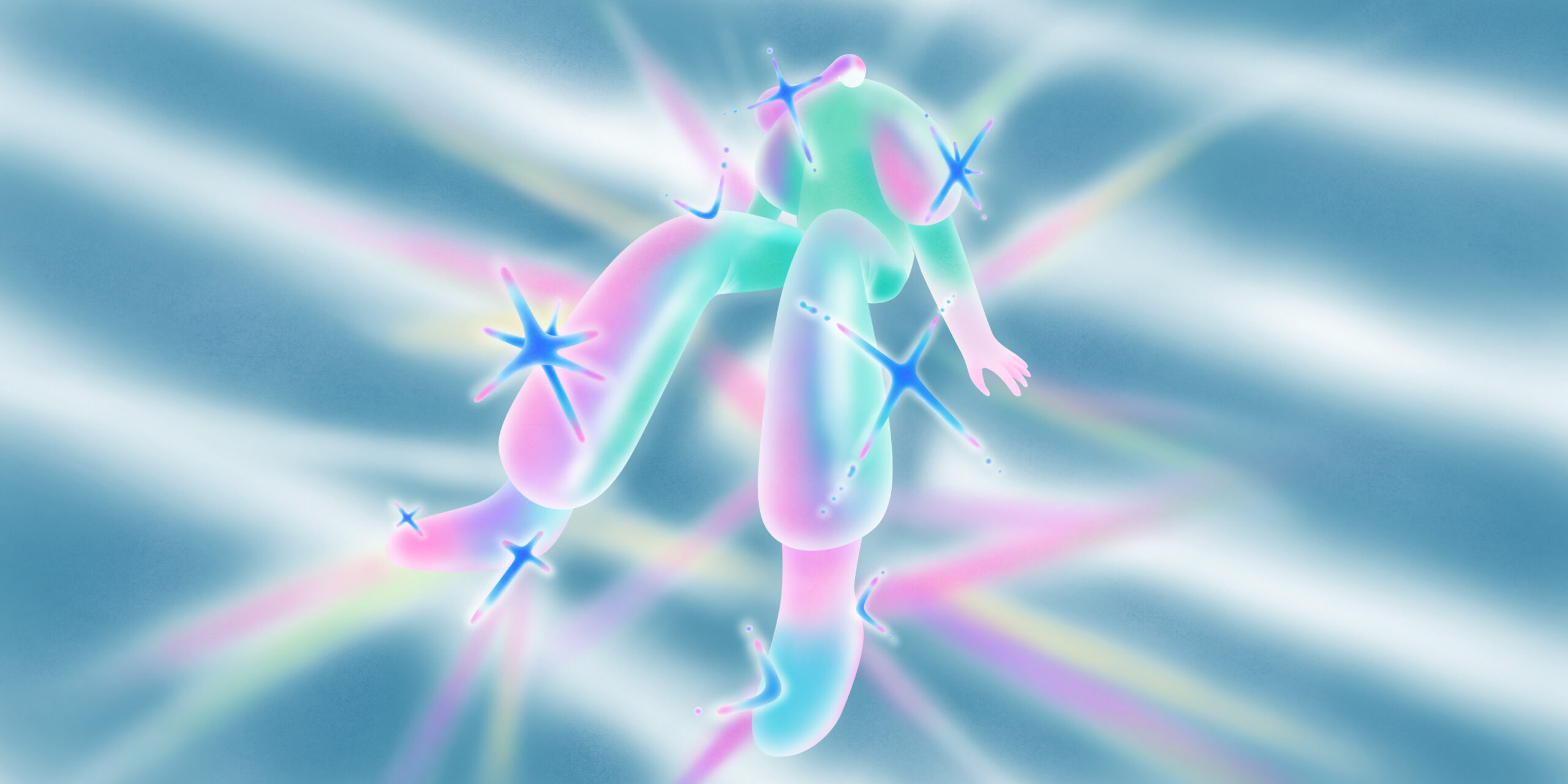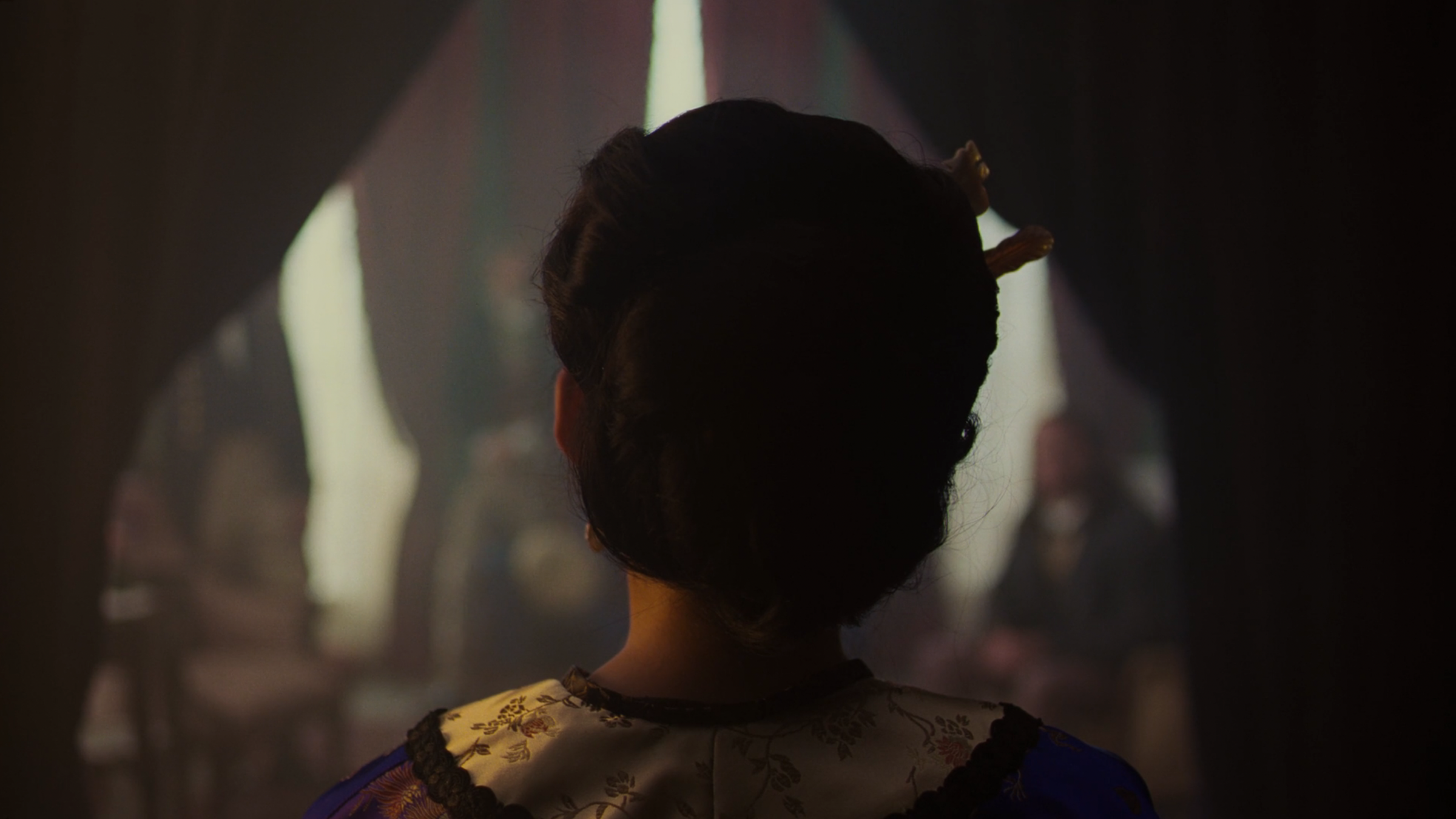I worried that coming out would further ostracize me from other feminists. Instead, it reinforced why I became one in the first place.
The reason why I waited so long to come out as nonbinary was because I thought it would ostracize me even further from other feminists. As a person disabled by chronic pain and fatigue from fibromyalgia, I’d already been made to feel out of place within feminism for the entirety of both my professional and academic careers. I’d also developed my writing voice during the so-called heyday of feminist blogging—a heyday that unfortunately wasn’t as utopian as people might suspect—and had experienced firsthand the complicated dynamics that arise when one’s platform makes them a target. Not wanting to separate myself further from other feminists, I chose to keep my complex feelings about my gender identity to myself. Until eventually, of course, I couldn’t.
It’s a bit of a cliché for people in the LGBTQIA community to say that they always knew they weren’t straight, or that they weren’t cis. But a part of me always knew I was nonbinary, even before I’d fully admitted it to myself. One of the defining features of my childhood and adolescence was my inner “eh…no” when people—mostly adults, but often my peers, as well—would try to label me as a “girl” or “young woman.” It would happen at school, and at home: As a child, I was prone to slouching, and my mom would encourage me to improve my posture by insisting, “Stand up straight! Like my dad used to say, ‘Be PROUD you’re a woman!’” Each time, a tiny voice inside my brain would whisper but I’m not a woman in response.
As my adolescence chugged on, I began receiving even more unwanted attention and scrutiny from peers regarding my “manly” voice—a direct quote from one of my bullies—as well as my rapidly changing body. I was not a fan of this attention, nor of the insistence that I was a girl, its implication that I should adapt myself to better seem like it. What was so great about being a girl, anyway? Or for that matter, being a boy? I just wanted to be myself.
It was around this time that I first discovered feminism. As a seventh grader, I read Dr. Mary Pipher’s book Reviving Ophelia: Saving the Selves of Adolescent Girls and started quietly identifying as a feminist. Despite the difficulties I still faced from being bullied, Pipher’s book, and the idea of feminism, made me feel less alone. I daydreamed about finding a feminist community that I could contribute to and feel valued by in return—one that included a wide variety of perspectives from people with different life experiences, all working together to make a world where oppressions like sexism, ableism, racism, classism, and anti-fat bias were no longer the norm. In high school, I began openly identifying as a feminist, and eventually, got better at ignoring my peers’ asinine comments. But I still yearned for something more—something I couldn’t yet put my finger on.
I eventually found a community of feminist friends when I started college and chose to pursue a major in Women’s and Gender Studies. Needing a break from academic writing, I also started my own blog in 2005. I quickly noticed that most of the feminist blogs with the largest audiences tended to cover issues that catered to young, educated, white, middle/upper class, cis women. Sexism, body image, popular culture, media representation, sexuality, and reproductive rights are, of course, all subjects that deserve coverage, but the ways in which they intersected with disability never seemed to be covered in any depth. Despite the use of the word “intersectionality” from some of the more popular feminist bloggers, it seemed to me that few actually practiced it.
As it happened, I was not the only one to notice the absence of disability from the feminist blogosphere. In 2009, I collaborated with a group of disability bloggers to form a site called FWD/Feminists With Disabilities as a response. The tipping point had come when several of us noticed that one of the most popular feminist blogs had never published a post specifically about disability and feminism; and when disabled readers had raised their concerns in the comments, other commenters had piled on, insisting disability and feminism were two separate things, and that the disabled commenters were being “bullies.” FWD ultimately only lasted for two years; the amount of threats, derailing, and angry e-stomping we received—in our comments, inboxes, and elsewhere—mostly from other feminists, all ostensibly on our side, proved to be enough to burn us out.
Having to repeatedly explain what feminism and disability had to do with each other—and that disability and chronic illness are feminist issues—was grating. It was isolating. This isolation got worse when I entered a Master’s program for Women’s and Gender Studies, where I was the only physically disabled person in my grad cohort. I faced pushback from multiple professors in the department for supposedly not being energetic enough. Another professor, the department head at the time, threatened to fail me when I missed more than the allotted two classes due to pain and fatigue from my fibromyalgia, on the grounds that it “wouldn’t be fair to the other students.” I later found out that I was not the only disabled person whom she had treated this way.
Throughout this period, I kept wondering if I was a failure as a feminist because I was not performing youthful, sisterhood-uplifting feminism the right way. I was repeatedly made to feel “difficult,” just for pointing out how feminism was leaving disabled people behind. Yet resolutely declaring I am a disabled woman, and I belong here didn’t feel right, either. I had this slippery, niggling feeling in the back of my brain that the reason this was the case was that I was not a woman at all. But at the time, I was in close contact with enough feminists eager to tell me how I was doing both feminism and academic work wrong, that keeping quiet about my weird gender stuff was easier than further othering myself.
Eventually, in my mid-30s, the discomfort of performing as someone I was not outweighed the comfort of avoiding negative attention or questioning from people skeptical as to whether the nonbinary identity is real. Surprisingly, on the other side, I became even more of a feminist than ever before, not because my core beliefs had changed, but because coming out had allowed me to be my authentic self. I no longer felt like I needed to identify as a woman to be a good feminist, because, of course, I didn’t.
Since coming out, I’ve realized that I have better ways to spend my time and energy than trying to make nondisabled feminists care about disability issues. In fact, I likely would have come out sooner if I hadn’t wasted so much time trying to get (mostly white and nondisabled) women in the feminist movement to acknowledge that disabled women exist, and that many disabled people of all genders are feminists. While it’s irritating that I still get misgendered by TERFs on social media sometimes, the block button is there for a reason: I can’t be anyone other than myself, and if “feminism is for everybody,” as bell hooks once wrote, then it’s for nonbinary people, too. In a time where nonbinary and trans people of all ages are being smeared as predators, simply for being who they are—and, in the sad recent case of high school student Nex Benedict, being threatened or killed due to the moral panic surrounding trans existence, fueled by the specter of “safety” for cisgender kids—it is crucial that feminists welcome people of all gender identities in the ongoing fight for gender equality. It only benefits all of us when we do.



